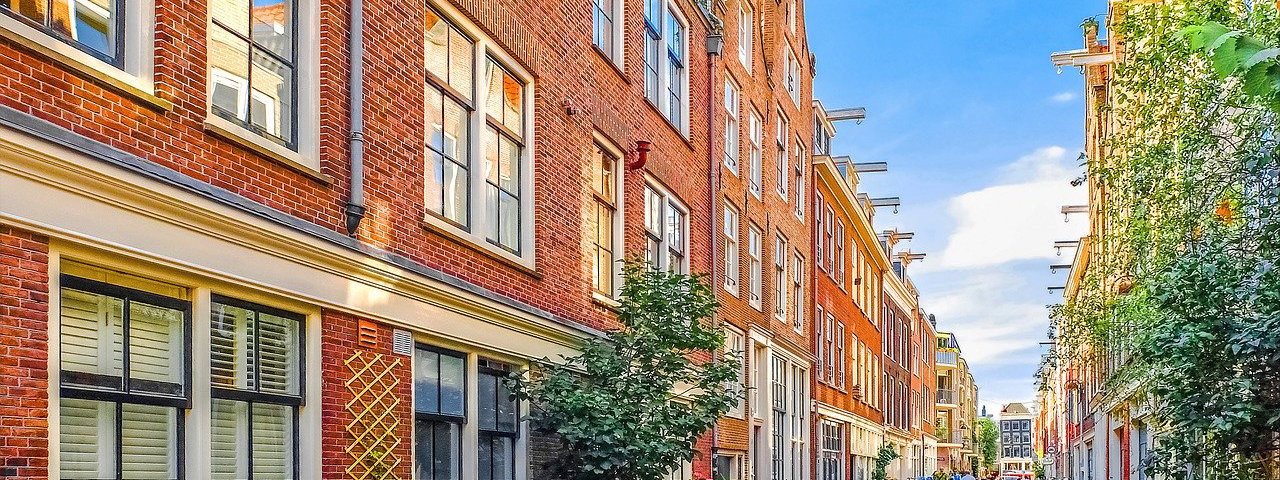Urban areas can only be future-proofed if city planners take in to account the smallest level of scale, i.e. the subdivision of residential blocks. Go wrong at this level and the entire neighbourhood won't last long. That is the conclusion drawn by PhD candidate Flora Nycolaas bassed on her study of eight Amsterdam neighbourhoods.
Sustainable urbanisation requires buildings and neighbourhoods that can meet future demands, however unpredictable those demands might be. What determines the malleability of a neighbourhood, Nycolaas asked herself? She placed eight Amsterdam neighbourhoods under the microscope and analysed how they have evolved over the past hundred years. To compare them, she also looked at neighbourhoods in Antwerp, Barcelona and Vienna.
Ownership patterns play a key role in the malleability of neighbourhoods, evidenced by the thesis 'Suggestions for a malleable city. A study of changing patterns in Amsterdam neighbourhoods and blocks'. Nycolaas distinguishes three types of owners: private landlords, owner-occupiers and housing associations. The decisive factor here is the scale of the ownership structure, but it is also important how that relates to the design of a neighbourhood.
The rule of thumb is that neighbourhoods are relatively easy to adapt to new needs when the ownership structure and spatial frameworks more or less coincide. That is not the case in the belt of Amsterdam apartment blocks that were built between the 1920s and the 1940s: the architectural design is large-scale but the ownership structure is small-scale.
The 17th century Jordaan district has a simpler organization. As Nycolaas explains, “All the frameworks are on the same scale, allowing for small-scale changes.” It's one of the reasons why many of these neighbourhoods are still standing.
Postwar neighbourhoods also have a simple organisation, but for other reasons. In neighbourhoods consisting mainly of public housing projects both ownership and the level of the spatial frameworks are large-scale. This makes large-scale demolition or renovation easy.
Does this mean that recent large-scale developments in the Amstelkwartier and Haveneiland have the same capacity for transformation in the future? No, because the differentiation here is very formalistic: a varied appearance but with complex ownership patterns that are inflexible and unchangeable. It is incomprehensible that the regulations regarding subdivisions are not stricter here, finds Nycolaas. For influential developers, the long term interests of the city are not paramount. “It would be better to incorporate details of subdivision at an early stage in the urban design. This is much more important than the architectural details: a façade can be changed more easily than the basic spatial design of a residential block.”
The trend to allow flexibility in aspects like ownership structure, architectural unity, accessibility and construction is often rejected during development. Planning should aim for a smaller scale, because that prevents complex, rigid urban blocks. “And this has nothing to do with taking a patronising attitude; it's the usability of the city in the future that is at stake.”
